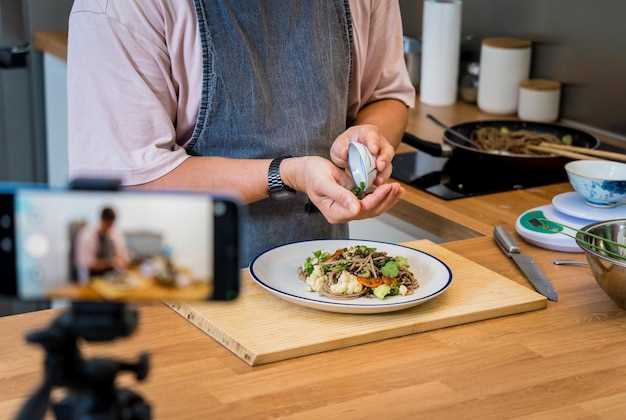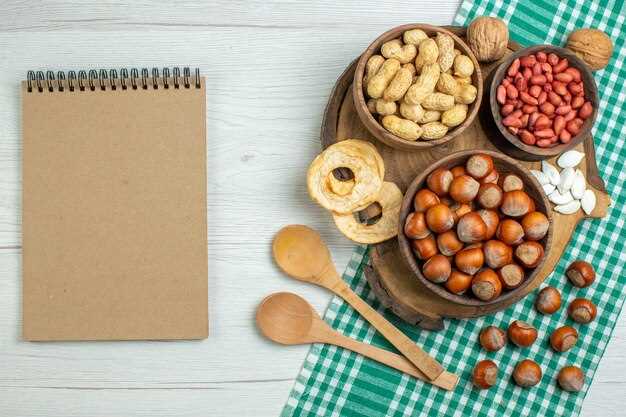Opt for “Effortless Food Prep Visuals: Bite-Sized Feasts, Guided Process”. It encapsulates the key benefits: swiftly prepared dishes and a clear, instructional format. This benefits viewers seeking rapid meal solutions.
Consider “Superior Culinary Visuals: Master Gastronomy Proficiency Quickly”. Its appeal rests on highlighting skill development in a time-efficient manner. This speaks to an audience aiming for culinary expertise without protracted learning curves. The inclusion of “Gastronomy” broadens appeal.
Leverage “Uncomplicated Food Visuals: Delectable Cuisine Plans”. This targets a broad audience interested in straightforward cooking methods and appealing menu planning. This phrasing is accessible and attractive.
Employ “Culinary Visuals Handbook: Domestic Cookery Lessons”. This frames the collection as an authoritative resource. Its strength lies in the implicit promise of comprehensive domestic cooking training.
Utilize “View Culinary Visuals: Prepare Excellent Fare This Evening”. This is action-oriented and promises immediate gratification. The urgency and directness create a compelling call to action. Immediate results are important.
Culinary Instruction Films: Domestic Preparation Guides
Focus on short-form instructional films for optimal engagement. Limit productions to under 5 minutes, emphasizing visual clarity over verbose explanation. Display ingredient ratios onscreen alongside demonstrations.
Optimizing Filming Techniques
Use a fixed camera position directly overhead to show ingredient addition and process steps. Add graphical indicators (arrows, circles) to highlight pivotal moments. Employ time-lapses when depicting baking or marinating durations.
Enhancing User Experience
Integrate a comment section beneath each film for addressing user inquiries immediately. Establish categorized playlists centered on dietary needs (gluten-free, vegan) or skill levels (novice, intermediate). Use background music devoid of lyrics to minimize auditory distractions.
Master Basic Knife Abilities
Employ a claw grip. Curl fingertips inward, shielding them while guiding the ingredient towards the knife blade. This protects fingers from accidental cuts.
Select knives with full tang construction. The tang, the metal portion of the blade extending into the handle, provides superior balance and durability. Confirm proper knife maintenance after using.
Hone your knives regularly with a steel before each usage. Align the blade’s edge, maintaining its sharpness. A honing steel doesn’t sharpen; it straightens the edge.
Begin with the chef’s knife. It’s versatile for chopping, slicing, and dicing varied components. Aim for a blade length between 8 and 10 inches for optimum control.
Practice the rock chop. Retain knife tip on the cutting board as you rock the blade up and down, using a controlled motion. This is suited for mincing herbs and vegetables.
Learn to dice onions utilizing a three-stage process: slice vertically, cut horizontally (without slicing through the root), then dice from the side. This creates consistent, uniform pieces.
Prioritize cutting board stability. Place a damp towel beneath the board to keep it from slipping. This enhances safety and precision during the cut process.
One-Pan Wonders: Quick & Easy Dinners
Roast chicken with root vegetables is a prime example. Toss chopped carrots, potatoes, and onions with olive oil, herbs (rosemary, thyme), and salt/pepper. Place a whole chicken on top and roast at 400°F (200°C) for 1 hour 15 minutes, or until chicken reaches an internal temperature of 165°F (74°C).
Sheet Pan Salmon & Asparagus
Prepare a simple vinaigrette with lemon juice, olive oil, garlic, and Dijon mustard. Toss asparagus spears in half the vinaigrette. Place salmon fillets (skin on or off) on a baking sheet lined with parchment paper, then add the asparagus. Brush the remaining vinaigrette over the salmon. Bake at 375°F (190°C) for 12-15 minutes, depending on the thickness of the salmon.
Sausage & Pepper Bake
Slice Italian sausage (sweet or hot) and bell peppers (various colors). Combine with sliced onions in a baking dish. Drizzle with olive oil, sprinkle with Italian seasoning, and add a pinch of red pepper flakes for heat, if desired. Bake at 350°F (175°C) for 30-40 minutes, stirring occasionally, until the sausage is cooked through and the vegetables are tender.
Baking Basics: Foolproof Desserts
For guaranteed success with chocolate chip cookies, chill the dough for at least 30 minutes before baking. This prevents excessive spreading and deepens the flavor. Opt for a combination of granulated and brown sugar; brown sugar contributes to a chewier texture.
Mastering Meringue
Achieve stiff peaks by ensuring both your bowl and whisk attachment are scrupulously clean and free of any grease. Adding cream of tartar stabilizes the egg whites. Bake at a low temperature (200°F/93°C) for an extended period to dry the meringue thoroughly, preventing a sticky interior.
No-Fail Brownies
Use high-quality chocolate with a cocoa percentage of 60-70% for a richer flavor. Underbake slightly for a fudgier consistency; remove from the oven when a toothpick inserted into the center comes out with moist crumbs clinging to it. Let cool completely before cutting to prevent crumbling.
Ingredient Swaps: Making Provisions Unique
Out of buttermilk? Substitute with a mixture of 1 cup milk and 1 tablespoon lemon juice or white vinegar. Let it stand for 5 minutes before using.
Dairy Alternatives
Replace heavy cream with a combination of equal parts whole milk and plain yogurt. For baking, unsweetened applesauce works as a butter substitute (1:1 ratio) to lower fat content.
Protein Modifications
If a dish calls for ground beef, consider using ground turkey or lentils for a leaner option. Lentils require pre-cooking, but provide added fiber. Tofu, pressed to remove excess water, can mimic chicken in many stir-fry preparations.
For egg substitutions in baked goods, a “flax egg” (1 tablespoon ground flaxseed meal mixed with 3 tablespoons water, left to sit for 5 minutes) is often effective. Note: This swap is best for binding, not for achieving a light, fluffy texture.
Flavor Enhancement
Don’t have fresh herbs? Use dried herbs, reducing the quantity to one-third of what the instructions call for (e.g., 1 tablespoon fresh becomes 1 teaspoon dried). Citrus zest can enhance flavor profiles; a teaspoon of lemon zest can replace half a teaspoon of lemon extract. Experimentation is key – taste and adjust as you go!
Q&A:
I’m a beginner cook. Which of these video options would be the best for someone just starting out?
If you’re new to cooking, the option “`Quick Recipe Videos Easy Meals Step-by-Step`” might be your best bet. It suggests a focus on simple recipes broken down into manageable steps, which is ideal for building your confidence and understanding basic techniques. Another good choice would be “`Recipe Videos Guide Home Cooking Tutorials`,” assuming it truly offers a structured guide to fundamental cooking skills.
I don’t have a lot of time. Which of these titles implies the fastest recipes?
The title “`Best Recipe Videos Learn Cooking Skills Fast`” promises a quicker learning curve, which would translate into preparing meals more rapidly. Additionally, “`Quick Recipe Videos Easy Meals Step-by-Step`” also suggests fast preparation times.
Are these videos for complete meals, or just parts of meals (like side dishes)?
The titles “`Simple Cooking Videos Delicious Food Recipes`” and “`Watch Recipe Videos Make Great Food Tonight`” imply that the videos cover how to prepare complete meals or dishes. The other titles are less specific, but it’s reasonable to assume they also focus on whole recipes.
I want to expand my cooking knowledge. Which title suggests the videos will teach me techniques, not just recipes?
The option “`Best Recipe Videos Learn Cooking Skills Fast`” explicitly mentions learning cooking skills. This suggests the videos offer instruction not only on preparing specific recipes, but also on the underlying techniques and methods that can be applied to a range of dishes. This makes it more valuable for building a strong cooking foundation.
Do these videos assume I already know some things about cooking, or are they truly for anyone?
While “`Best Recipe Videos Learn Cooking Skills Fast`” suggest some level of previous experience, the title “`Quick Recipe Videos Easy Meals Step-by-Step`” and “`Recipe Videos Guide Home Cooking Tutorials`” both suggest the content is beginner friendly. If a video offers step-by-step guidance and acts as a tutorial, it indicates it’s designed for people with little to no prior experience.




